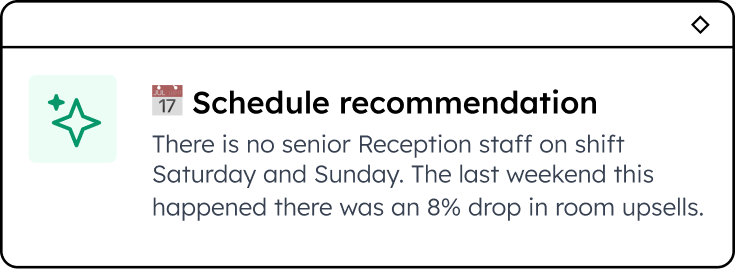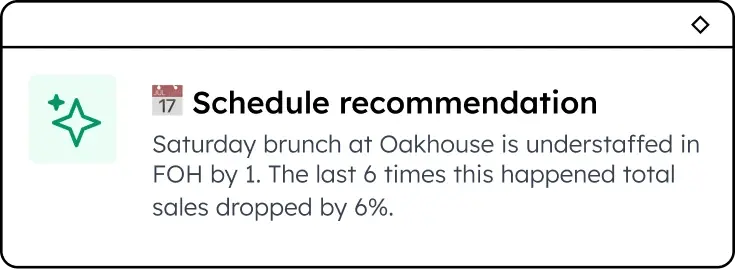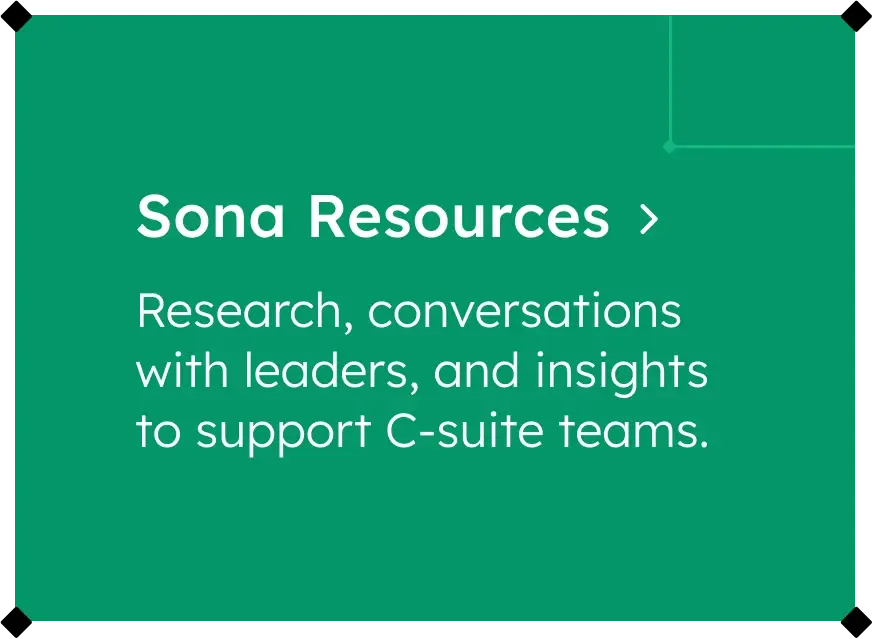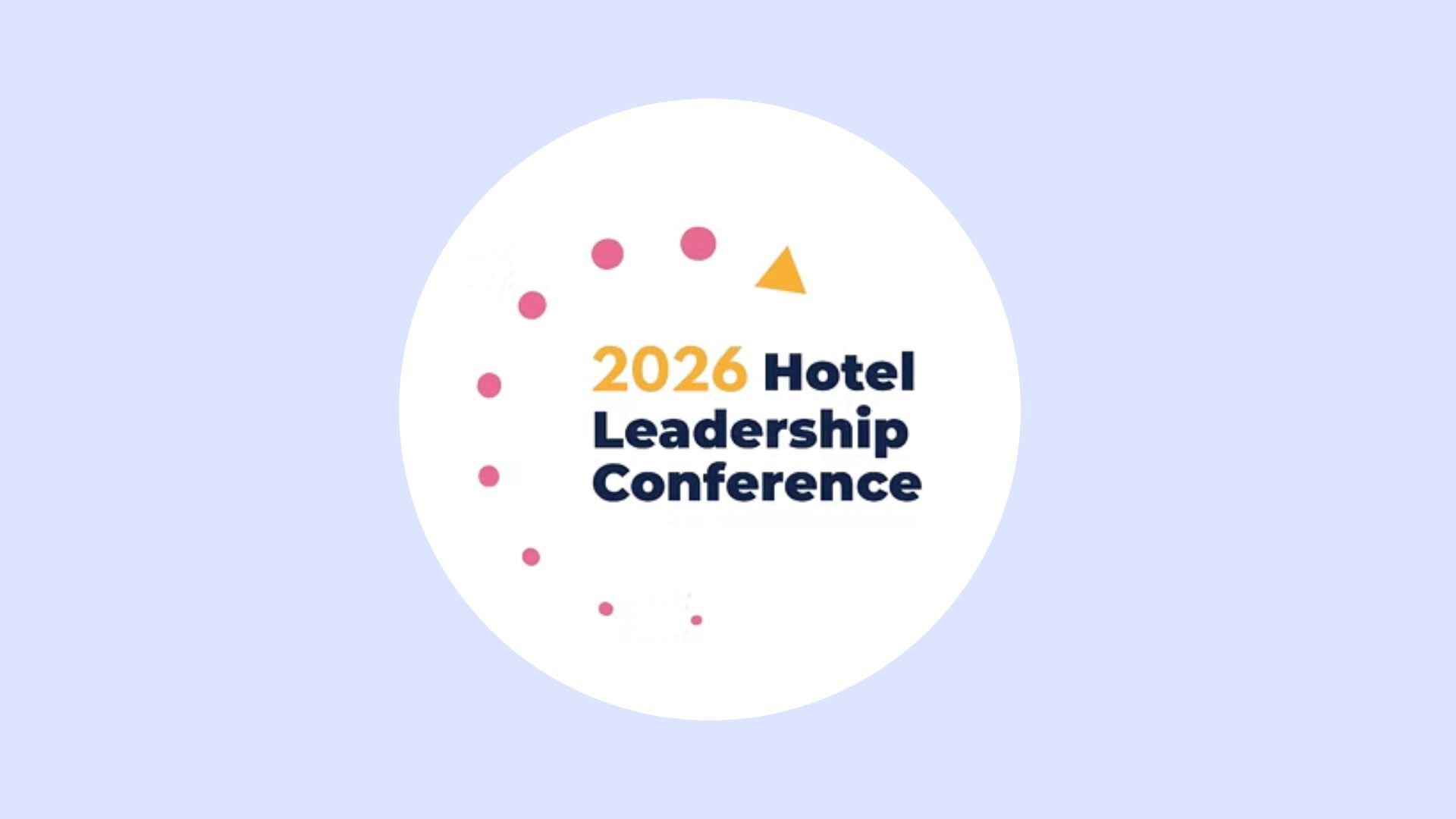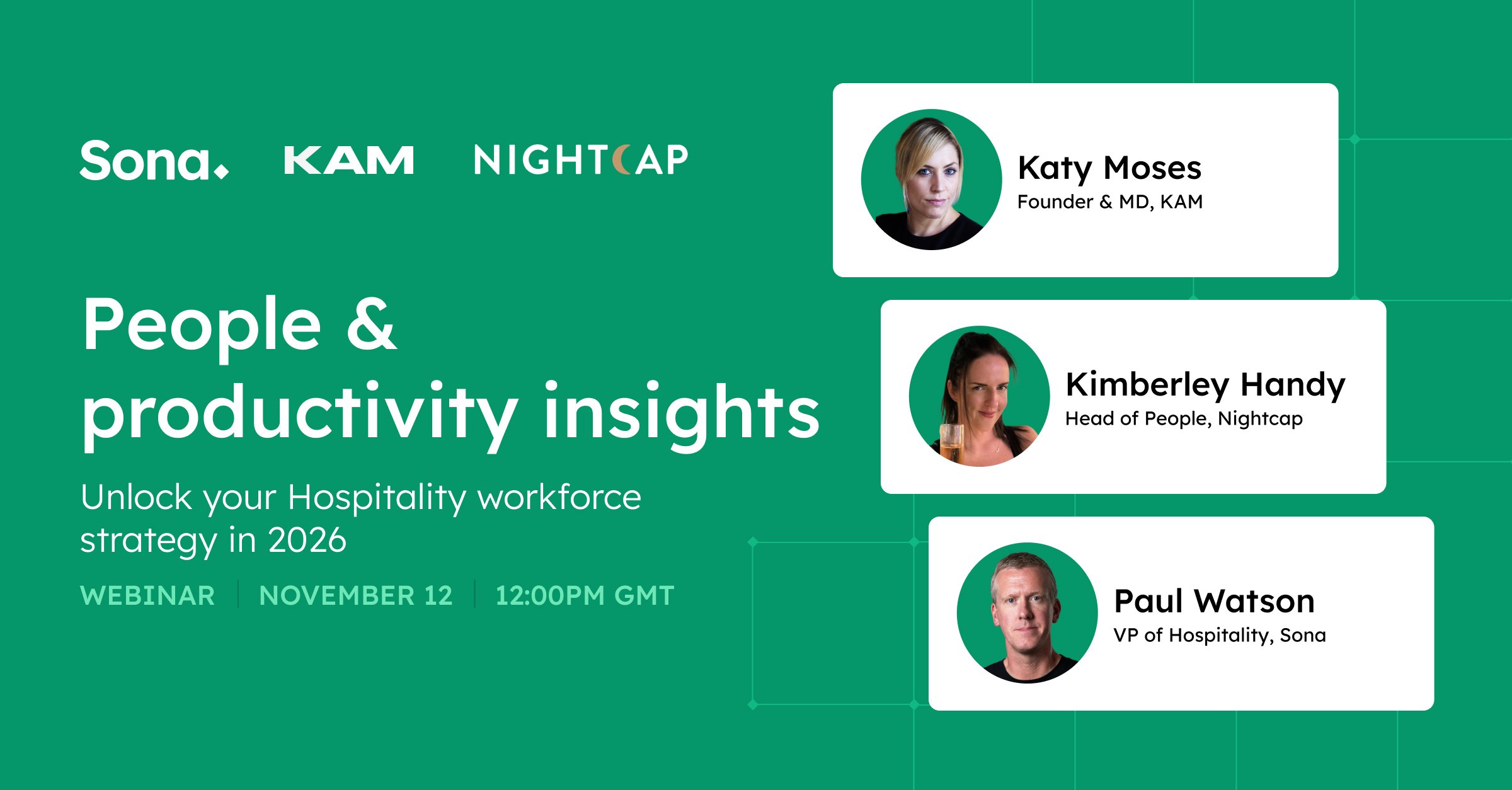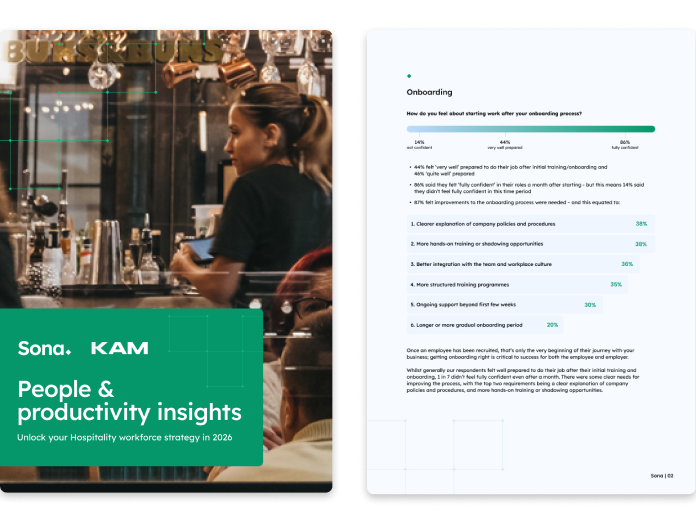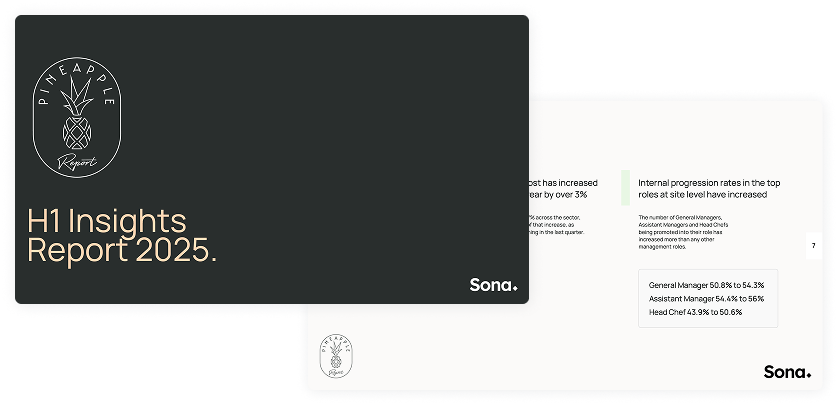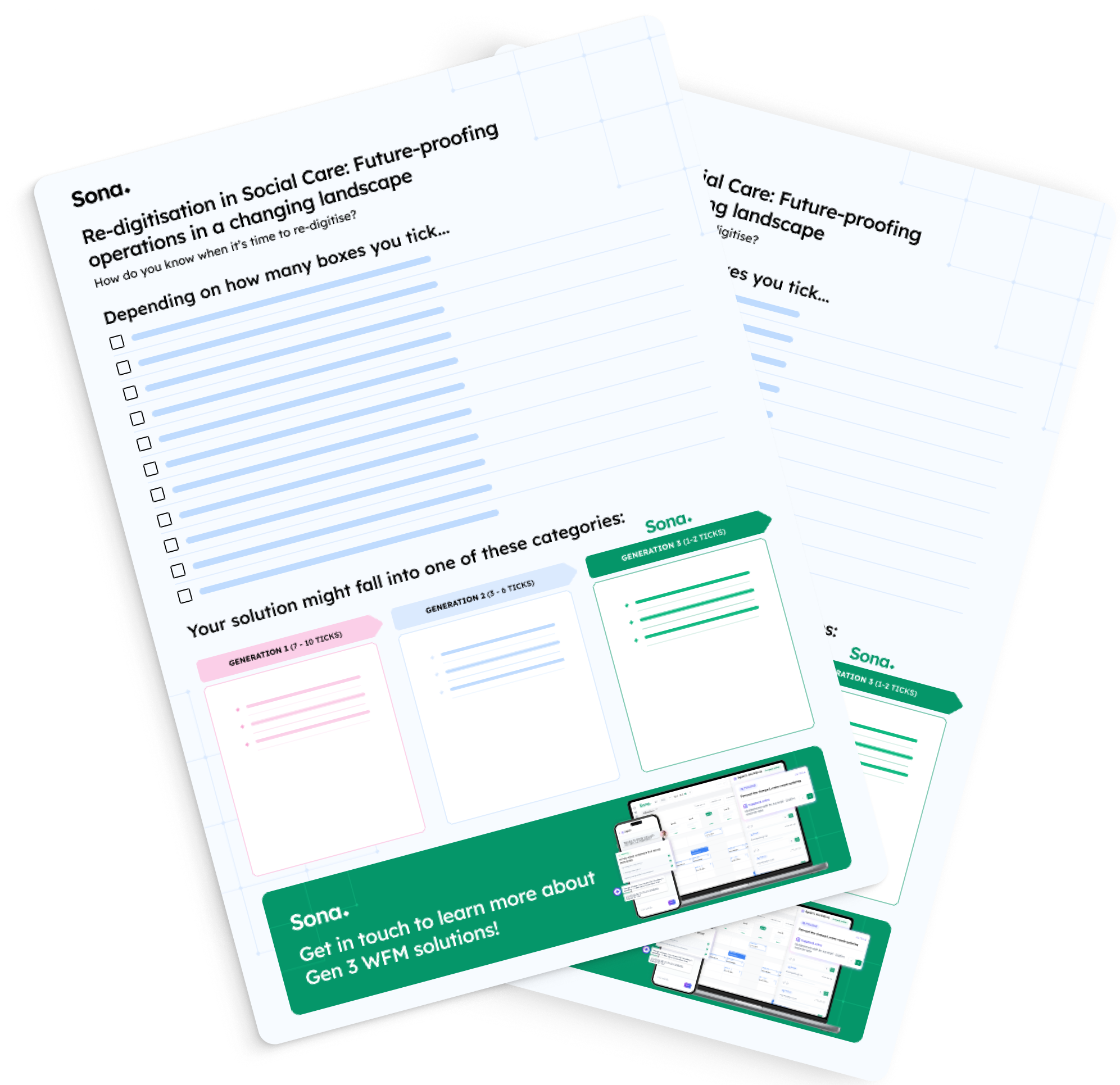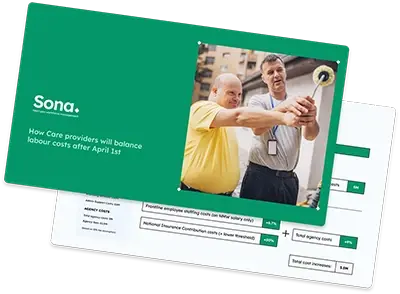5 Benefits of Employee Retention in Social Care
That’s right, we’re going to keep talking about employee retention until it’s no longer a main player in the current staffing crisis in the care sector. Every little helps—and these tips might just make a difference.
6 minute read
Employee retention is a challenge at the best of times — it requires a holistic, strategic approach that keeps workers happy and committed to working with you long-term.
However, the current state of the care sector is producing many challenges to staff retention, increasing vacancy rates, and adding to the system gridlock.
Why? Well, firstly, recruiting care workers has been made much more difficult by the pandemic and Brexit, two uncontrollable factors which have also impacted retention. 87% of care home providers and 88% of home care providers are currently experiencing challenges related to recruitment.
As shown in our Big Exit Interview report, low pay, overwork, and lack of appreciation are the main factors driving employee turnover.
Among the home care providers surveyed for the recent CQC State of Care report, staff burnout accounted for 28% of those leaving the sector.
With employee retention strategies such as creating a culture of staff recognition, it is possible to increase these retention rates, and doing so should be a priority because the benefits really do extend far and wide.
Starting with increased morale, reducing staff churn creates a virtuous cycle, improving productivity, and producing higher employee engagement and better care outcomes.
Let’s take a closer look at employee retention, and why it’s important for the care sector.
 Why is employee retention important?
Why is employee retention important?
1. Maintaining morale
Staff retention and increased morale are mutually beneficial: settled, experienced employees create a more positive work environment, and happier employees tend to stay longer – in fact, they stay four times longer and miss three times fewer days of work than unhappy ones.
Tip: If you want to calculate unplanned staff absence, check the Bradford Factor Calculator.
Care worker morale is extremely important as it can seriously affect the care receiver’s experience. Higher workplace morale also contributes to increased loyalty among employees, driving staff retention, and generally benefiting both the organisation and the quality of care given.
2. Increased productivity
Rather than spending precious time and resources training new employees, retaining loyal, knowledgeable staff can vastly improve productivity levels.
A high employee churn rate will also slow productivity as staff lend time to recruiting, onboarding and training new additions who take time to get fully up to speed.
3. Higher quality of care
Staff turnover can disrupt the continuity of care and negatively impact clients' relationships with their caregivers.
According to an analysis by Skills for Care, sector employers with more favourable key workforce metrics tend to see better care outcomes. That includes a correlation between lower staff turnover and higher CQC ratings.
4. Safer care environments
Two of the most influential factors on an individual's quality of work are their length of service and how engaged they are with their work and employer.
Experienced and engaged employees are less likely to make mistakes and more likely to report safety concerns, identify potential risks, and take proactive measures to prevent errors. That means safer care environments, higher levels of compliance, and more peace of mind for busy managers!
5. A stronger employer brand
A lot of the benefits that come from higher retention can also help your recruitment efforts. At the same time, developing a reputation for high/frequent turnover can hurt your employer brand and ability to attract new recruits. High retention rates are a strong indicator that you value your staff and their contributions, creating a hugely beneficial halo effect.
The cost of employee turnover
High employee turnover is extremely costly for care providers, in a sector where funds and employee time are pushed to the limit.
Staff vacancies mean money is lost because care can’t be delivered, and a constantly changing workforce impacts both productivity and general morale.
Let’s look at the different effects of a high staff churn in the care sector:
More time recruiting and training new employees
Finding and onboarding new employees involves extra admin, background checks, and training which can be highly time-consuming for care providers, not to mention expensive. Replacing a staff member can cost between 50-60% of that employee’s salary, with overall costs ranging anywhere from 90-200%.
Less experienced employees
Even if they aren't new to care, it still takes time for new joiners to learn the way you do things and get to know the people they are looking after. Institutional knowledge is highly valuable - it helps staff get up to speed more quickly and makes teams more efficient at their jobs. Consistent churn will erode that knowledge base.
There’s also typically a higher rate of errors among new employees, compromising the level of care given.
Loss of strong company culture
Workplace culture is everything to ensuring satisfied employees and customers. A strong company culture fosters loyalty among employees, and will boost productivity, while a weak company culture will compromise it.
A strong company culture attracts and retains more talent, and vice versa. Low retainment rates create a fragmented workforce and undermines staff cohesion.
The overwhelming majority (91%) of respondents surveyed in our Rethinking Retention report said that better internal communication was one of the top two improvements that would make them feel better about work.
Lower staff churn vastly improves communication, encouraging loyalty and respect among employees, and contributing towards a stronger company culture.
Embracing technology to retain more staff
Empowering your workforce is a major step towards reducing turnover rates and winning staff back.
The impacts of staff shortages — unfilled shifts and extra work for existing staff — must be dealt with first, to ensure that the right care is being delivered to the right patients, but not at the cost of employee wellbeing.
Integrated workforce management systems provide a solution, with easy-to-use apps, such as Sona, which are designed to optimise day-to-day operations for frontline staff.
Sona enables care providers to fill up to 50% more shifts with their own employees, lowering the often-extortionate cost of agency staff. We help streamline payroll operations so that managers and finance teams can better reconcile hours across systems–and employees get the right pay, right on time.
With Sona, employees are also encouraged to take control of their own schedules, improving engagement rates, and increasing employee satisfaction–and saving managers up to 5 hours per week!
Time and money are scarce resources in the care sector. Wondering how much of both you could save with Sona? Have a look at our ROI Calculator.
Enjoyed this article? Let's stay in touch 👋
If you liked this article, why not subscribe to our newsletter to get the latest news and views delivered straight to your inbox?

